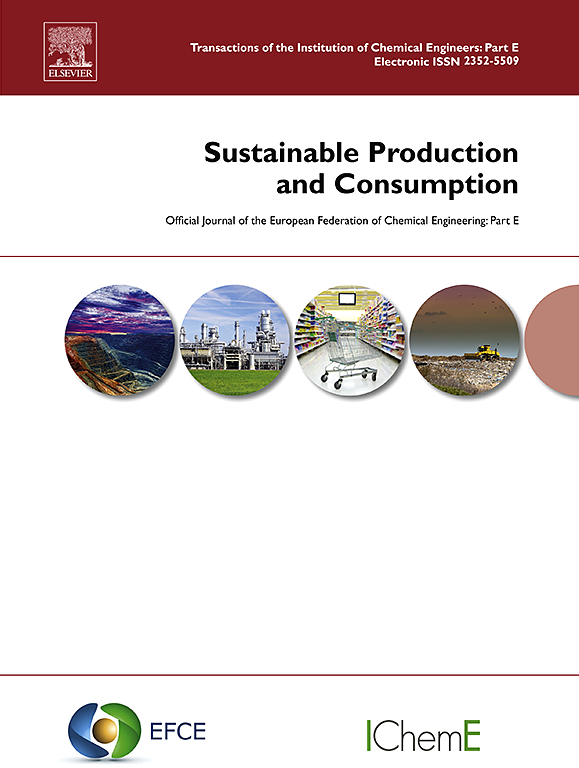Key governance and sustainability indicators for certification systems: Bridging certification and policy frameworks in the bioeconomy
IF 10.9
1区 环境科学与生态学
Q1 ENVIRONMENTAL STUDIES
引用次数: 0
Abstract
The European bioeconomy offers a sustainable development model, but its successful implementation requires robust sustainability measures. Ensuring sustainability in bio-based value chains requires clearly defined operational characteristics and indicators that comprehensively address key sustainability and circularity aspects. These indicators must align with the European Union (EU) sustainability framework, policies and directives. This study analyzed existing certification schemes and labels (CSLs), benchmarking monitoring systems, and EU policies to identify key sustainability indicators. A grey literature review further supplemented this analysis. Additionally, an alignment study was conducted to assess how EU policies guide the transition towards a bioeconomy. The research identified the key indicators that CSLs should adopt to effectively support the EU sustainability policy framework. A total of 142 sustainability indicators were proposed across environmental (7 areas), social (5), and economic/circularity (4) pillars, along with 60 operational indicators in governance (4 principles), assurance (5), traceability (4), and standard setting (3). The analysis revealed gaps in CSLs and policies, particularly in the economic and circularity pillars, while environmental and social indicators showed better coverage but still need improvements in areas such as land use, air quality, water depletion and consumer feedback. These findings provide valuable insights for certification bodies, industry stakeholders, and policymakers, offering guidance towards the harmonization of CSLs and their alignment with the European bioeconomy policy framework.
认证体系的关键治理和可持续性指标:衔接生物经济中的认证和政策框架
欧洲生物经济提供了一种可持续发展模式,但它的成功实施需要强有力的可持续性措施。确保生物价值链的可持续性需要明确定义的运营特征和指标,全面解决关键的可持续性和循环性问题。这些指标必须与欧盟可持续发展框架、政策和指令保持一致。本研究分析了现有的认证方案和标签(CSLs)、基准监测系统和欧盟政策,以确定关键的可持续性指标。灰色文献综述进一步补充了这一分析。此外,还进行了一项一致性研究,以评估欧盟政策如何指导向生物经济的过渡。研究确定了csl应采用的关键指标,以有效支持欧盟可持续发展政策框架。共提出了142个可持续发展指标,涵盖环境(7个领域)、社会(5个领域)和经济/循环(4个领域)支柱,以及治理(4个原则)、保证(5个)、可追溯性(4个)和标准制定(3个)方面的60个业务指标。分析揭示了企业社会责任和政策方面的差距,特别是在经济和循环支柱方面,而环境和社会指标的覆盖范围较好,但在土地利用、空气质量、水资源枯竭和消费者反馈。这些发现为认证机构、行业利益相关者和政策制定者提供了有价值的见解,为csl的协调及其与欧洲生物经济政策框架的一致性提供了指导。
本文章由计算机程序翻译,如有差异,请以英文原文为准。
求助全文
约1分钟内获得全文
求助全文
来源期刊

Sustainable Production and Consumption
Environmental Science-Environmental Engineering
CiteScore
17.40
自引率
7.40%
发文量
389
审稿时长
13 days
期刊介绍:
Sustainable production and consumption refers to the production and utilization of goods and services in a way that benefits society, is economically viable, and has minimal environmental impact throughout its entire lifespan. Our journal is dedicated to publishing top-notch interdisciplinary research and practical studies in this emerging field. We take a distinctive approach by examining the interplay between technology, consumption patterns, and policy to identify sustainable solutions for both production and consumption systems.
 求助内容:
求助内容: 应助结果提醒方式:
应助结果提醒方式:


